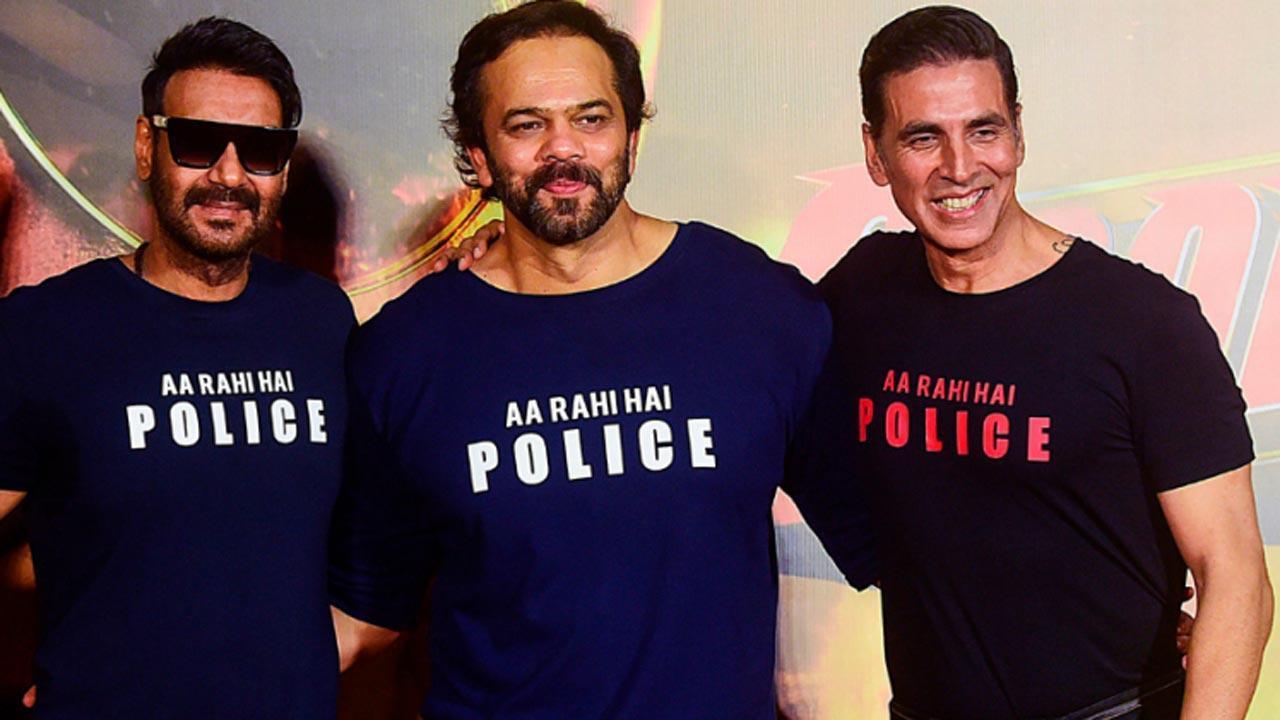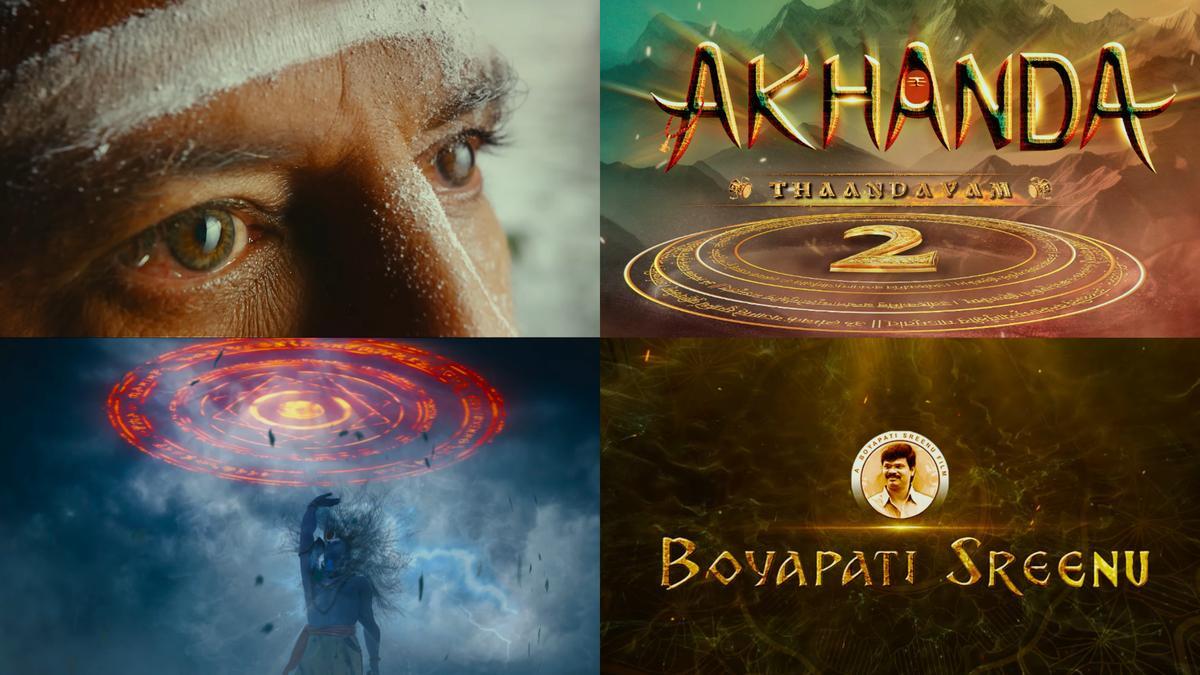
In the vibrant cultural landscape of Southern India, a unique transformation is taking place within the realm of traditional music. The mridangam, a pivotal percussion instrument that has long been the backbone of Indian classical and folk music, is now becoming a canvas for artistic expression. This innovative approach by mridangists, who are breathing new life into their instruments, is turning them into visual masterpieces, thereby enriching their auditory legacy with visual art.
This artistic movement traces its origin to a change in the crafting of mridangams — the shift from traditional leather strap-bound structures to modern iterations that incorporate nuts and bolts. This revision in design has resulted in a cleaner, more streamlined instrument, revealing vast surfaces of bare wood. These exposed areas have inspired musicians to explore decorative opportunities, leading to a symbiotic fusion of music and art. On-stage, these stunningly adorned mridangams not only contribute to the musical experience but also significantly enhance the visual aesthetics of a performance.
Pioneering this trend is the virtuosic Patri Satish Kumar, a trailblazer in the world of ‘designer mridangams’. Over a decade ago, he embarked on this artistic journey to honor the instrument that has profoundly shaped his identity as an artist. Speaking about his inspiration, Patri remarked, “I sought to embellish the mridangam in the same way that Hindustani music instruments are adorned, with exquisite carvings.” His ambition was to pay homage to traditional Indian art forms, drawing inspiration from styles such as Warli from Maharashtra, Madhubani from Bihar, Kalighat paintings from West Bengal, Patachitra from Odisha, and Kerala murals.
The meticulous craftsmanship behind these designs underscores India’s rich artistic traditions. Artisans from cultural hotspots such as Thanjavur, Palani, Pune, Kolkata, Bengaluru, Kerala, and Mangaluru have expertly embedded these cultural motifs onto mridangams. Despite the inherent challenge of carving detailed designs onto a cylindrical surface, these artisans have delivered exemplary work, as Patri attests.
Patri Satish Kumar has personally curated a collection of over 50 such unique mridangams.
. His designs began with a nod to the African drum and gradually incorporated divine symbols like the conch, trishul, the Nandi, and various geometric patterns, all finished with a natural polish to evoke earthy tones of brown, black, and gold.
Meanwhile, mridangam artiste Jayachandra Rao has embraced this movement with his own unique flair. His instruments feature graphic prints that explore themes of nature, divinity, and social messages. Rao recounts how he collaborated with an artisan from Andhra Pradesh to bring his visions to life. Despite initial challenges, the hearing-impaired artisan mastered the technique of painting on these cylindrical instruments, eventually producing extraordinary works of art. These painted mridangams, according to Jayachandra, enrich his performance experience and connect him profoundly with the themes depicted.
Praveen Sparsh, another respected mridangam player, has also adopted this innovative trend. His instruments, affectionately named after significant people in his life, bear the marks of his creative pursuits. A chance experiment during a music video in 2018 set Praveen on a path to coloring all his mridangams. His collection now includes pieces that reflect various themes, such as geometric patterns and oceanic hues, each telling its own story and adding layers to the music they accompany.
The response to these artistic expressions has been overwhelmingly positive, with audiences expressing deep appreciation for the cultural and aesthetic depth they bring to performances. Esteemed percussionists have also commended this creative evolution. According to Patri Satish Kumar, these visual enhancements do not alter the fundamentals of the instrument, such as wood quality or tonal alignment, but rather integrate art forms in a manner that accentuates the overall creative experience.
As this trend continues to gain momentum, it signifies a beautiful confluence of India’s rich musical and artistic traditions, demonstrating that the mridangam is not just an instrument of sound, but a vessel of artistic and cultural narrative. With every beat, these elaborately designed mridangams tell stories that resonate with both the eyes and the ears, marking a harmonious marriage between art and rhythm.










